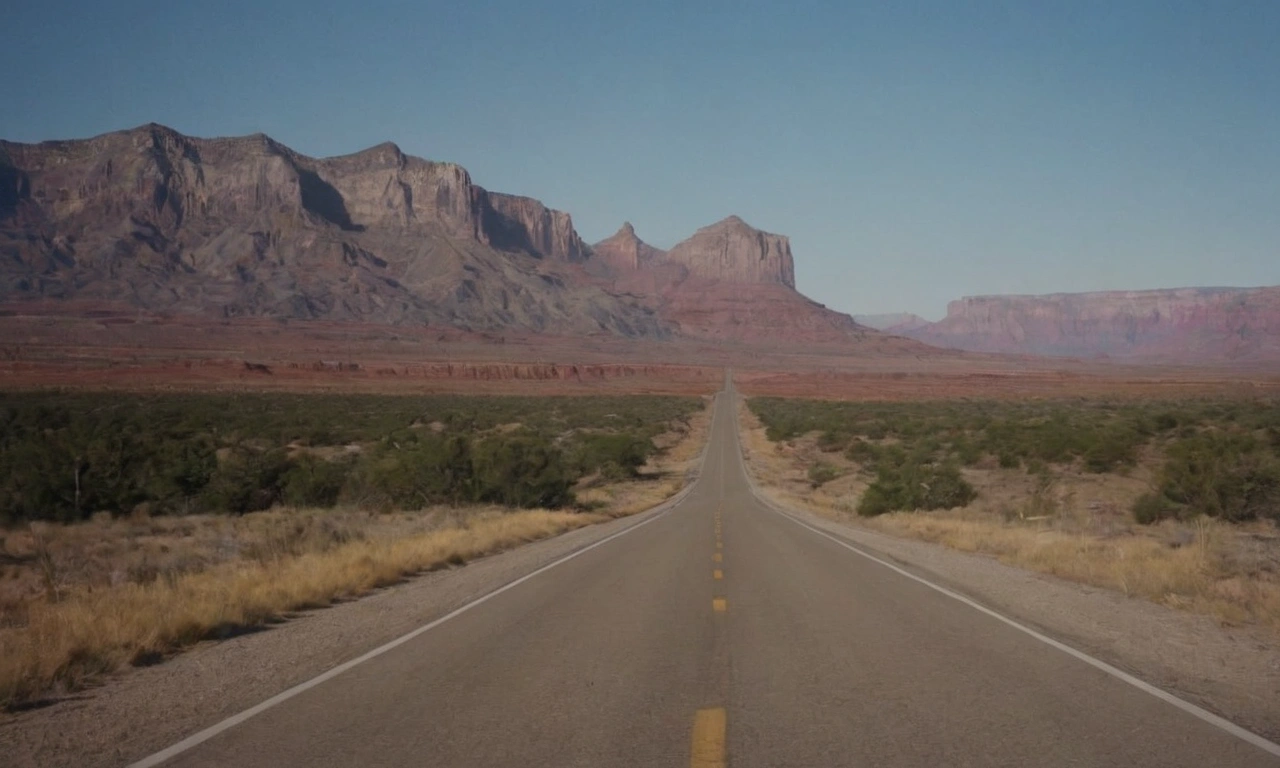Look, I’ve spent countless road trips battling summer crowds and winter storms across America, and I’ve finally cracked the code on when to visit each region. Here’s my honest take on the best (and worst) times to explore every corner of the US, based on first-hand experience and a whole lot of lessons learned.
Northeast: The Timing Sweet Spot
Skip the obvious fall foliage rush (yeah, it’s gorgeous, but so are the prices). Instead, hit New England in late May or early June. Here’s why:
- The summer crowds haven’t descended yet
- Hotels are still charging shoulder season rates
- Those charming coastal towns aren’t packed
- Weather’s warm enough for hiking but not humid
Pro tip: Avoid Boston during college move-in season (late August/early September). I once paid triple the normal hotel rate and spent hours in traffic. Learn from my mistakes.
Southeast: Breaking the Beach Season Rules
Everyone flocks to Florida in winter and the Carolinas in summer. Do the opposite:
- October in Florida is perfect – hurricane season’s winding down, temps are bearable, and prices drop
- Spring in the Carolinas gives you beach weather without the crushing crowds
- Skip Atlanta in summer unless you enjoy melting on the sidewalk
Trust me on this: March in Savannah is magical. The azaleas are blooming, and you can actually get a table at Mrs. Wilkes without a two-hour wait.
Midwest: The Hidden Perfect Month
September. That’s it. That’s the secret. While everyone’s focused on summer road trips:
- The Great Lakes are still warm enough for swimming
- Fall colors are just starting
- State fairs are winding down
- Hotel rates drop dramatically
I accidentally discovered this when a summer trip got delayed, and it changed how I plan all my Midwest adventures.
Mountain West: The Shoulder Season Advantage
Here’s what the tourism boards won’t tell you about Colorado, Montana, and Wyoming:
- Late June: Still snow in higher elevations, but valley trails are perfect
- Early September: Summer crowds gone, winter crowds not yet arrived
- Hotel rates drop 30-40%
- Wildlife is super active preparing for winter
I once had Yellowstone’s Lamar Valley almost to myself in mid-September. Saw more wolves than people that week.
Southwest: Timing the Desert Right
Forget what you’ve heard about winter being the only time to visit:
- March and November are the golden months
- Early spring wildflowers without peak season rates
- Warm days, cool nights, perfect hiking weather
- National parks are actually navigable
Last November in Sedona, I got prime hiking times without the usual photo crowds at Cathedral Rock.
Pacific Northwest: The Rainfall Reality
Everyone says summer’s best, but here’s the local secret:
- May and late September have plenty of sunny days
- Lodging costs drop significantly
- The rain isn’t actually as bad as people think
- Trails are less crowded
- Waterfalls are at their peak in May
California: Coast vs. Inland Strategy
The trick is to alternate:
- Coastal areas: October (warm water, clear skies)
- Wine Country: April (green hills, smaller crowds)
- Death Valley: February (actually enjoyable temperatures)
- Yosemite: Late May (waterfalls) or early October (fall colors)
Money-Saving Tips Across All Regions:
- Book Tuesday-Thursday arrivals for best hotel rates
- Target the week after major holidays
- Use shoulder seasons for big cities
- Consider opposite seasons from the obvious choice
Final Thoughts: The best time to visit anywhere is often just before or just after when everyone else thinks is the best time. You get 90% of the experience at 60% of the cost and crowds.
Remember: These are general guidelines based on my experience. Climate change is making weather patterns less predictable, so always check local conditions before booking. Anyone else have secret timing tips for their region? Drop them in the comments!
